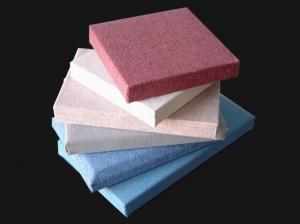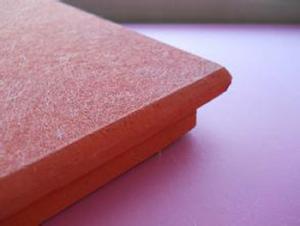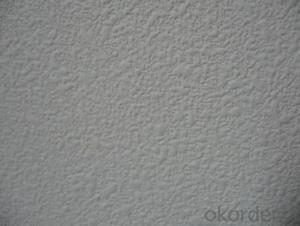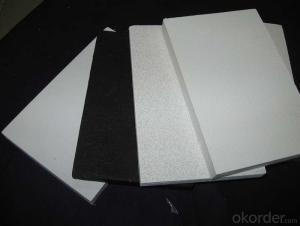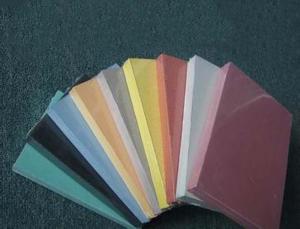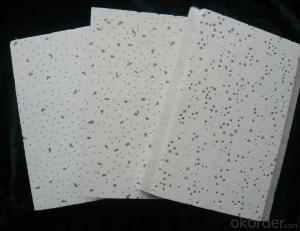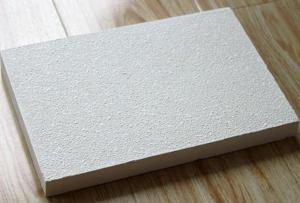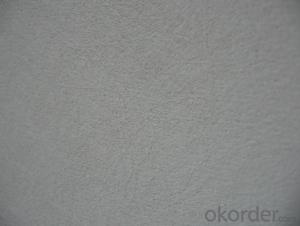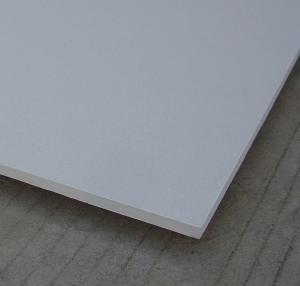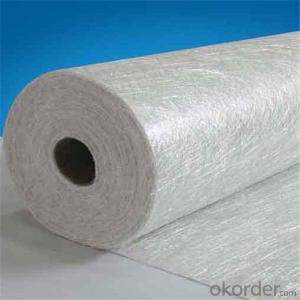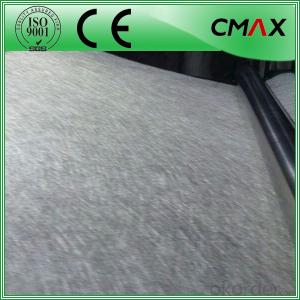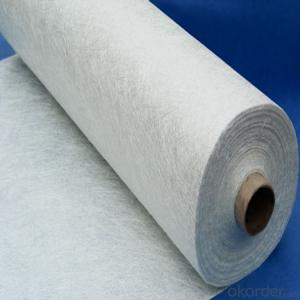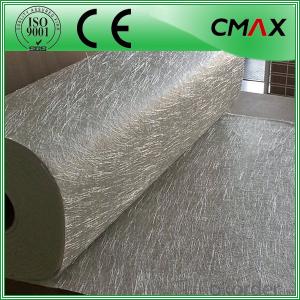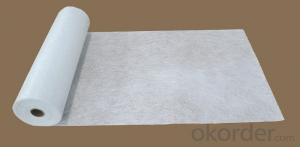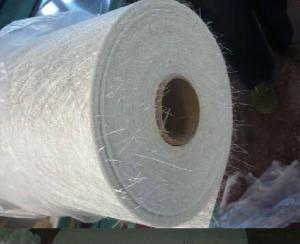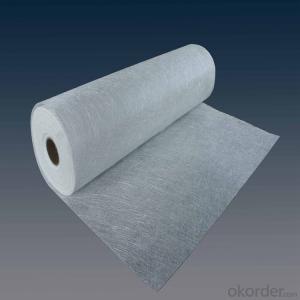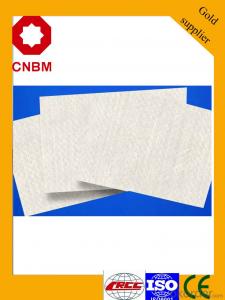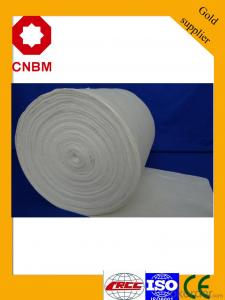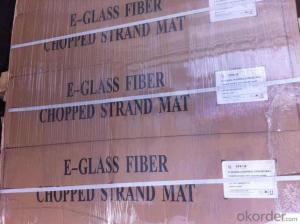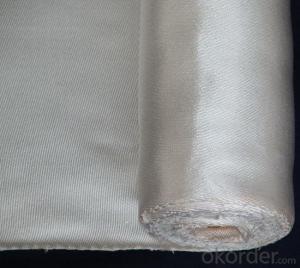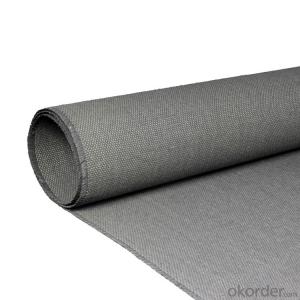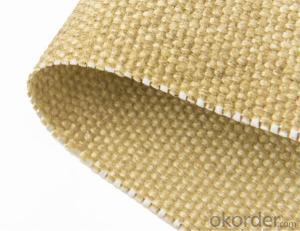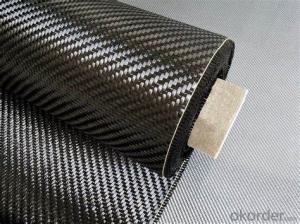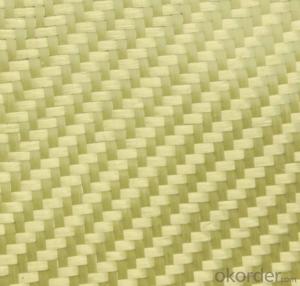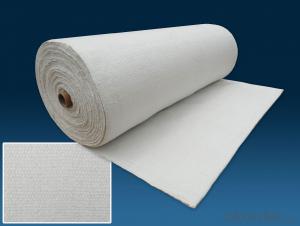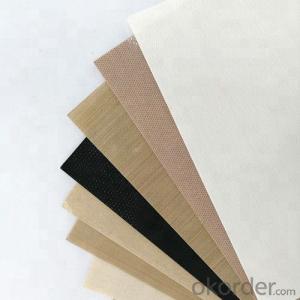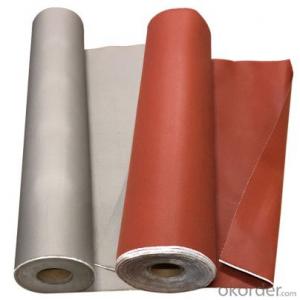Fiberglass Chopped Strand Mat
Fiberglass Chopped Strand Mat Related Searches
H S Code For Stainless Steel Surface Grinding Wheels For Hardened Steel Hole Saw For Stainless Steel Step Bit For Stainless Steel Best Inverter For Solar System Led Table Lamps For Home Solar System Inverter For Home Best Solar Inverter For Rv Solar System For Inverter Ac Inverter For 5kw Solar SystemHot Searches
Esd Mat Price Fiberglass Scaffolding For Sale Plastic Roof Tiles For Sale Fiberglass Panels For Sale Fiberglass Greenhouses For Sale Cost Of Concrete Tile Roof Roof Insulation Price Artificial Slate Roof Tiles Price Ceiling Fan Lowest Price Tesla Solar Roof Inverter Types Of Flat Roof Coverings Stone Wall Tiles Cost Company Office Design Ceramic Roof Tiles Cost Metal Roof Tiles Prices Cement Roof Tile Manufacturers Clay Roof Tile Manufacturers Synthetic Roof Tiles Cost Roof Clay Tiles Prices Interlocking Roof Tiles PricesFiberglass Chopped Strand Mat Supplier & Manufacturer from China
Okorder.com is a professional Fiberglass Chopped Strand Mat supplier & manufacturer, offers integrated one-stop services including real-time quoting and online cargo tracking. We are funded by CNBM Group, a Fortune 500 enterprise and the largest Fiberglass Chopped Strand Mat firm in China.Hot Products
FAQ
- There are several different fiberglass fabric coatings available that provide oil resistance. Some of the commonly used coatings include: 1. Neoprene: Neoprene coatings are highly resistant to oil and offer excellent durability. They provide a strong barrier against oil penetration and are commonly used in applications where oil resistance is essential. 2. Nitrile: Nitrile coatings also offer excellent oil resistance and are known for their resistance to chemicals and abrasion. They provide a reliable barrier against oil and are often used in industrial settings where exposure to oil is frequent. 3. PVC: PVC coatings are resistant to oil and provide good durability. They offer moderate oil resistance and are commonly used in applications where a balance of oil resistance and flexibility is required. 4. Polyurethane: Polyurethane coatings offer good oil resistance and are known for their flexibility and abrasion resistance. They provide a strong barrier against oil penetration and are commonly used in applications where both oil resistance and flexibility are important. It's important to note that the effectiveness of these coatings may vary depending on the specific application and the type of oil or chemical being used. It is always recommended to consult with the manufacturer or supplier to determine the most suitable coating for your specific needs.
- Fiberglass fabric proves to be a perfect option for the production of protective clothing. Renowned for its exceptional resistance to heat and ability to retard flames, fiberglass fabric is highly favored in industries where employees face high temperatures, sparks, and flames. Moreover, this fabric is both lightweight and durable, ensuring comfort and long-lasting safeguarding. Additionally, fiberglass fabric possesses commendable insulation properties, shielding the wearer from extremely hot or cold environments. It also exhibits resistance to chemicals, making it a suitable choice for industries involving exposure to perilous substances. However, it is crucial to bear in mind that improper handling or inadequate sealing of fiberglass fabric may lead to skin irritation and respiratory problems. Hence, it is imperative to exercise caution and take appropriate measures when working with this material.
- There are several different fiberglass fabric coatings available for moisture resistance, including silicone, polyurethane, acrylic, and vinyl. These coatings create a barrier that prevents water from penetrating the fiberglass fabric, making it suitable for applications where moisture resistance is essential.
- Glass fiber cloth and glass fiber?
- Glass fiber is a kind of inorganic nonmetallic material with excellent properties. English name is: glass, fiber or fiberglass. Composition of silica, alumina, calcium oxide, boron oxide, sodium oxide, Magnesium Oxide etc.. It is prepared by high temperature melting, wire drawing, winding and weaving process with glass balls or waste glass as. All kinds of products formed finally, glass fiber monofilament diameter from a few microns to twenty micron, the equivalent of a hair 1/20-1/5, each bundle of fibers are hundreds or even thousands of root root filaments, usually as a reinforcing material of complex materials, electrical insulating materials and insulation materials, circuit board, etc. and widely used in various fields of the national economy
- Yes, there are potential health risks associated with exposure to fiberglass fabrics. Fiberglass is made of tiny fibers that can become airborne when disturbed, and if inhaled, these fibers can irritate the respiratory system, causing lung irritation, coughing, and shortness of breath. Prolonged exposure to fiberglass can also lead to more serious health issues such as lung scarring and fibrosis. It is important to take proper safety precautions, such as wearing protective clothing and masks, when working with or around fiberglass fabrics to minimize the risk of health problems.
- Indeed, insulation blankets can be manufactured using fiberglass fabric. Renowned for its remarkable thermal insulation qualities, fiberglass fabric proves to be a perfect material for crafting insulation blankets. These blankets are specifically engineered to confine heat and hinder its transmission, ensuring efficient insulation across diverse contexts like residential abodes, industrial environments, as well as aerospace and automotive sectors. Typically, the fiberglass fabric employed in insulation blankets is woven or knitted, rendering it supple and effortlessly modifiable to suit various shapes and dimensions. Moreover, fiberglass fabric exhibits traits of being lightweight, fireproof, and resistant to both chemicals and moisture, thereby establishing itself as a dependable option for insulation purposes.
- Fiberglass fabric is widely used in the environmental industry for various applications due to its unique properties and benefits. One of the primary uses of fiberglass fabric in this industry is for air filtration systems. The fabric's high strength and durability make it an ideal material for manufacturing air filters that can effectively trap and remove particles, pollutants, and contaminants from the air. Additionally, fiberglass fabric is used in the construction of wastewater treatment plants and water filtration systems. Its corrosion resistance, non-reactivity with chemicals, and excellent tensile strength make it suitable for manufacturing pipes, tanks, and other components that are exposed to harsh chemicals or corrosive environments. Fiberglass fabric is also used as a reinforcement material in the construction of water tanks and reservoirs, ensuring their structural integrity and preventing leaks or damages. Furthermore, fiberglass fabric finds application in the environmental industry for the manufacturing of geotextiles. Geotextiles are used in various environmental projects such as erosion control, soil stabilization, and land reclamation. The fabric's high porosity and permeability allow water to pass through while retaining soil particles, preventing erosion and maintaining stability in the soil. Moreover, fiberglass fabric is employed in the production of insulation materials used in the construction of green buildings and energy-efficient structures. The fabric's excellent thermal insulation properties help in reducing energy consumption by preventing heat transfer through walls, roofs, and other building components. Overall, fiberglass fabric plays a significant role in the environmental industry by providing solutions for air and water filtration, erosion control, insulation, and corrosion-resistant infrastructure. Its versatility, durability, and eco-friendly nature make it a preferred choice for several environmental applications.
- Fiberglass fabric is typically sewn using a heavy-duty industrial sewing machine equipped with a specialized needle and thread. The fabric is carefully positioned under the needle, and the machine is operated to create strong and durable stitches that securely hold the fiberglass strands together. This sewing process ensures the fabric's integrity and enhances its overall strength and stability.

